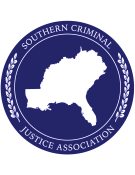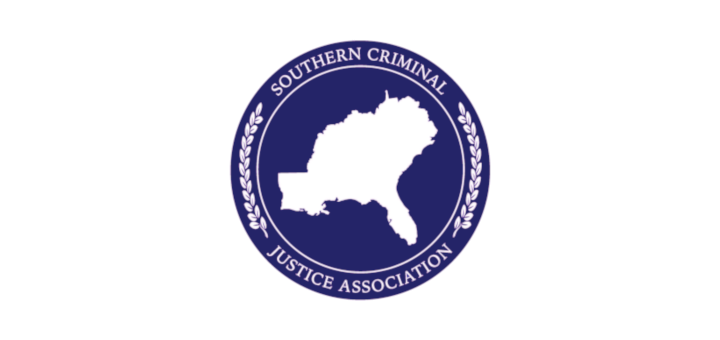Following the death of August Vollmer in 1955, the American Society of Criminology began to move away from its roots in police education toward a more theoretical and sociological orientation in the late 1950s. Feeling increasingly alienated and outnumbered, those who remained devoted to police education, including many of the original founders of ASC, sought to re-establish an organization devoted to this enterprise. This second organization was founded in 1963, but by 1970 the International Association of Police Professionals would officially change its name to become the Academy of Criminal Justice Sciences to reflect a more holistic view to the interrelated systems of justice. During this time, the organization primarily sought to enhance the quality of higher education in criminal justice, and inform public policy to the extent possible.
The ACJS recently celebrated their 50 year anniversary in 2013. This milestone provided the impetus to compile its historical record related to the creation of the ACJS and significant events that occurred since then. This history was detailed in a brief manuscript, among other formats, by Willard M. Oliver, the ACJS historian at the time. Of note, there were only a few passing mentions of the regional subordinate organizations in general, and of the Southern region in particular. SCJA was created in 1972, nine years after ACJS, and became officially recognized as the first regional organization of ACJS a year later in 1973. In 2022 the SCJA achieved its own 50-year anniversary.
Although there were earlier attempts to establish a regional organization in the south, the SCJA was conclusively established by William Mathias and Richter H. Moore, Jr. in 1972. Mathias and Moore would serve as the first and third presidents of SCJA, respectively. A year later in 1973, SCJA would become the first officially recognized subordinate region of the ACJS, at the same time William Mathias was elected president of ACJS. Beyond these early executives, there has been considerable overlap in the leadership of these two organizations, many serving as presidents of both in addition to others holding significant roles in each.
As Oliver notes, the SCJA was one of the fastest growing regional organizations upon its founding, rivaling that of ACJS itself. It remains a highly active organization, full of dedicated members, which has set record levels of conference attendance each of the last several years. As the SCJA continues to grow, it has remained welcoming organization to students, scholars, and professionals alike.

